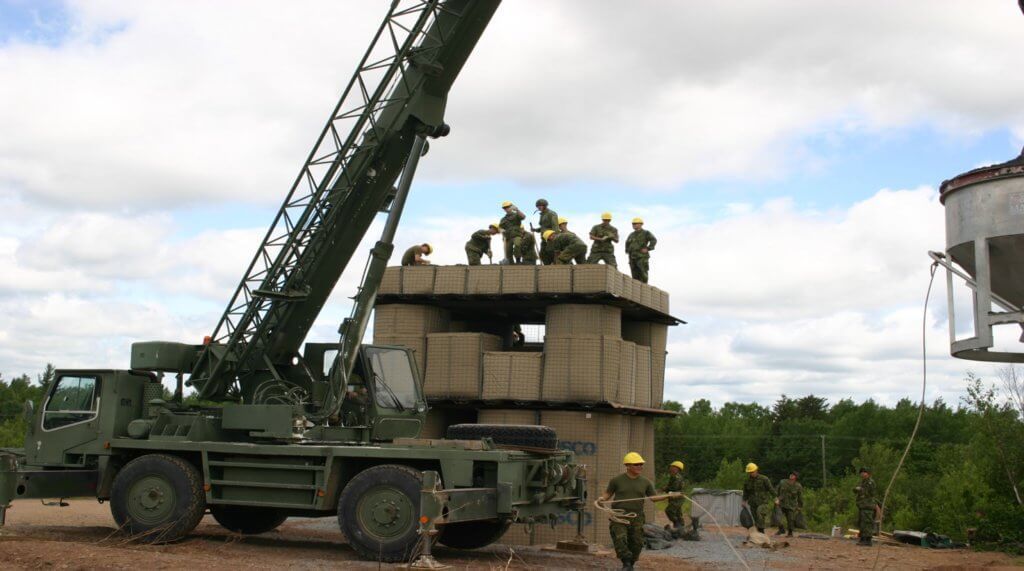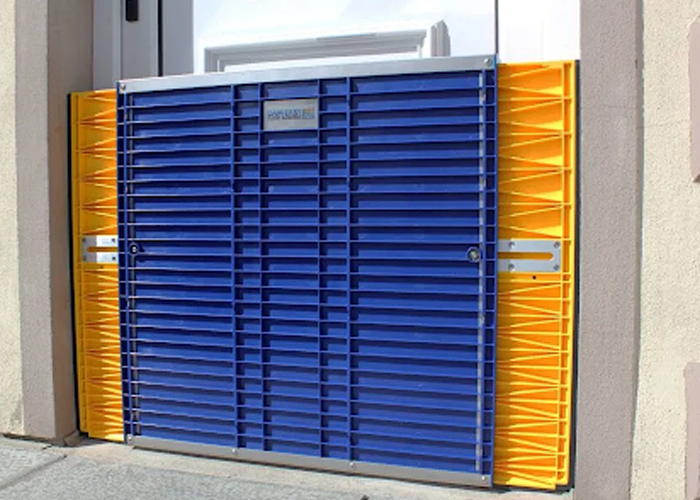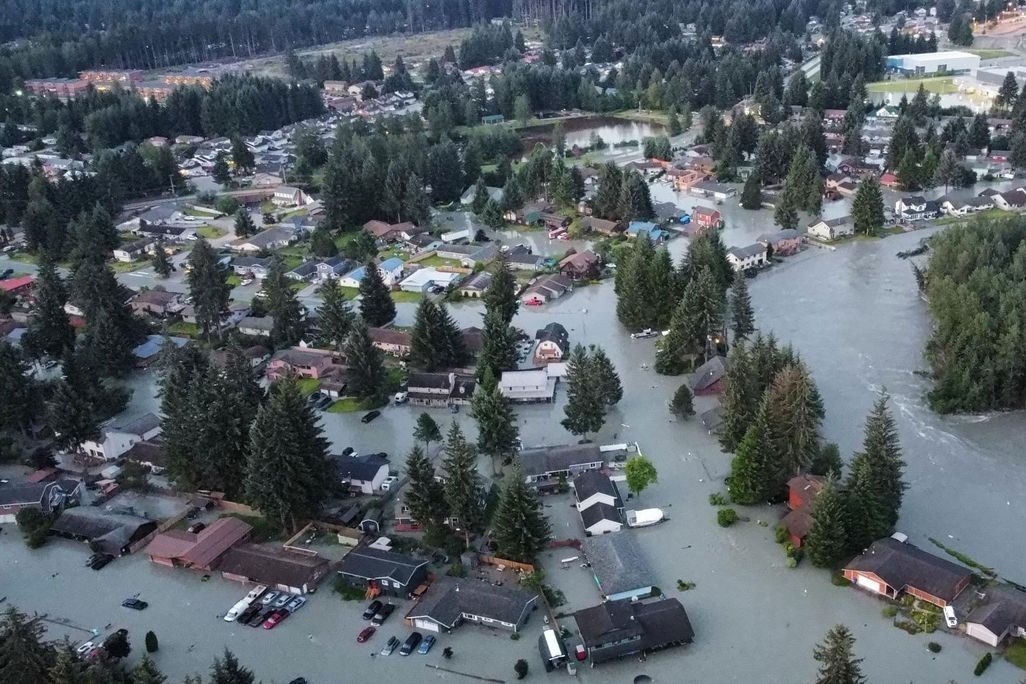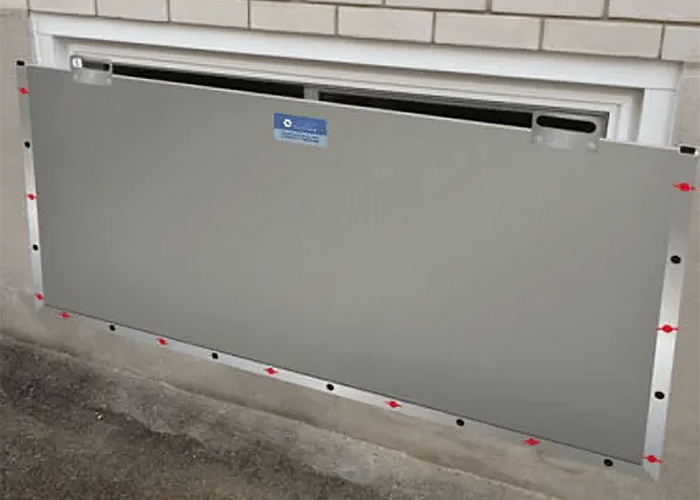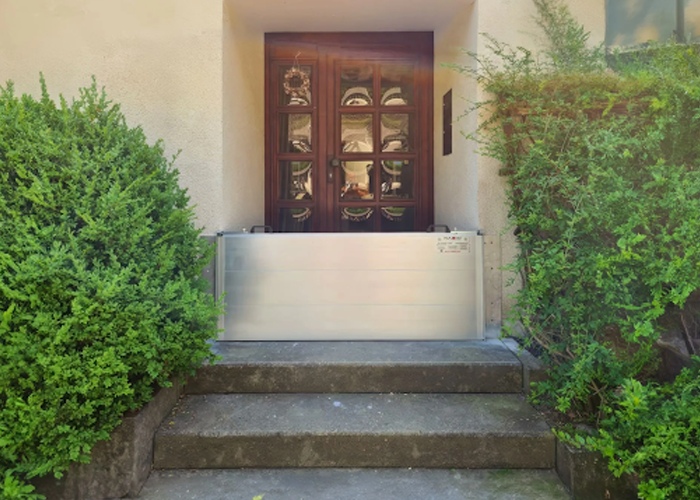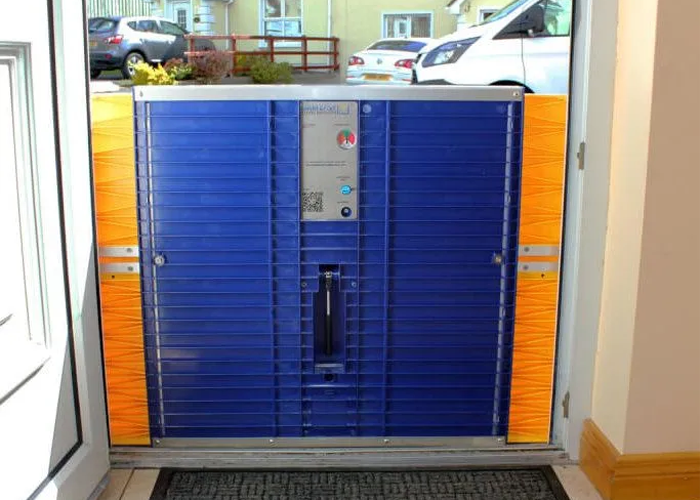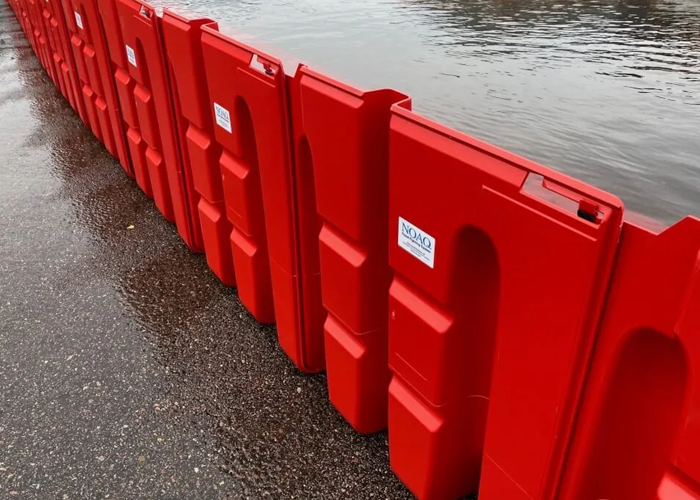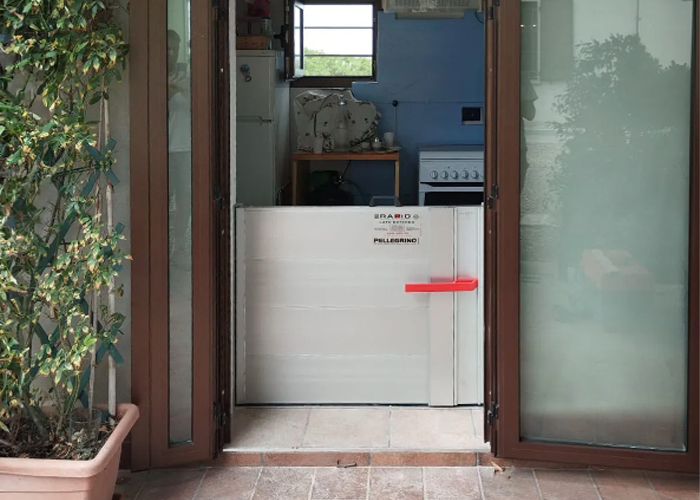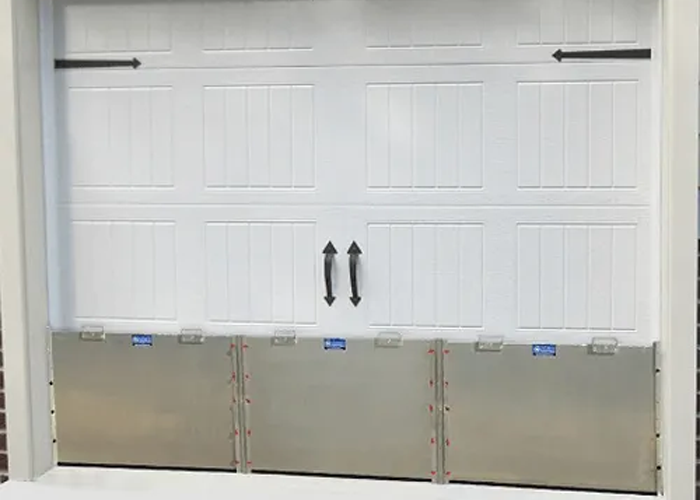By M M
•
April 24, 2025
Best Commercial and Residential Flood Barriers for 2025 Table of Contents Introduction: The Growing Need for Flood Barriers How Flood Barriers Safeguard Homes and Businesses Choosing the Right Flood Barrier for Your Property Temporary vs. Permanent Flood Protection Solutions The Bottom Line: Protect What Matters Before It’s Too Late FAQs Introduction: The Growing Need for Flood Barriers Flooding is one of the most devastating natural disasters, causing billions in damages every year. Whether you own a business or a home, rising water can lead to financial and emotional distress. Many property owners believe they won’t be affected—until it’s too late. Commercial flood barriers and residential flood barriers provide a reliable solution to this growing problem. With unpredictable weather patterns and stronger storms, preparing for potential flooding is essential. Having the right defense in place can mean the difference between minor water intrusion and total devastation. At Flood Defense Group, we offer a variety of options tailored to different needs. From temporary flood solutions to long-term protective systems , we help safeguard properties before disaster strikes. How Flood Barriers Safeguard Homes and Businesses Floodwaters don’t discriminate between commercial and residential properties. Once water enters a building, it can cause structural damage, destroy belongings, and lead to costly repairs. The right flood barrier acts as a shield, preventing water from reaching your property. Commercial flood barriers are designed to protect businesses, warehouses, and industrial buildings. They provide large-scale defense against storm surges, heavy rainfall, and river overflow. With options like water-filled, air-filled, or panel systems, businesses can secure their premises efficiently. For homeowners, residential flood barriers offer peace of mind. These barriers protect doorways, garages, and basements from incoming water. Some options are easy to set up when flooding is imminent, while others offer permanent protection. By investing in the right barrier, homeowners can avoid expensive repairs and long-term property damage. Choosing the Right Flood Barrier for Your Property Every property is different, and so is every flood event. That’s why choosing the right flood barrier is critical. At Flood Defense Group, we provide a wide range of solutions to fit different environments and risk levels. Soil-filled barriers are ideal for large-scale protection, while water-filled barriers are quick to deploy and highly effective. Air-filled barriers offer flexibility and ease of use, making them a good choice for emergency situations. For properties needing strong, long-term protection, water-anchored barriers provide a durable solution. For businesses, commercial flood barriers must be strong enough to withstand prolonged exposure to water. Panel systems and modular floodwalls work well for locations that experience frequent flooding. For homeowners, residential flood barriers should be easy to install and remove. Doorway and window barriers are popular choices for preventing water from seeping inside. Property owners in flood-prone areas may also consider long-term solutions like perimeter floodwalls. Temporary vs. Permanent Flood Protection Solutions Deciding between temporary and permanent flood protection depends on several factors, including location, budget, and risk level. Temporary solutions are best for situations where flooding is unpredictable. These barriers can be deployed quickly when a storm approaches and removed once the danger has passed. Businesses and homeowners who want flexibility often opt for this type of protection. Permanent flood barriers provide year-round defense against rising waters. These solutions are built into the property and require little to no manual setup during a flood. While they require a larger investment upfront, they offer long-term peace of mind. At Flood Defense Group, we help customers determine the best flood defense strategy. By assessing the property and potential risks, we can recommend solutions that provide maximum protection. The Bottom Line: Protect What Matters Before It’s Too Late Floods can happen anytime, and waiting until the last minute to prepare is risky. Commercial flood barriers and residential flood barriers are essential tools for preventing costly damage. Investing in the right solution now can save thousands of dollars in repairs and losses later. At Flood Defense Group, we specialize in providing tailored flood protection solutions. Whether you need temporary barriers for an emergency or permanent defense against frequent flooding, we have the expertise and products to help. Our solutions have been tested and proven to perform when it matters most. Don’t wait until floodwaters are at your doorstep. Contact us today to find the best flood barrier for your home or business. Being prepared is the best way to stay protected. Frequently Asked Questions (FAQs)
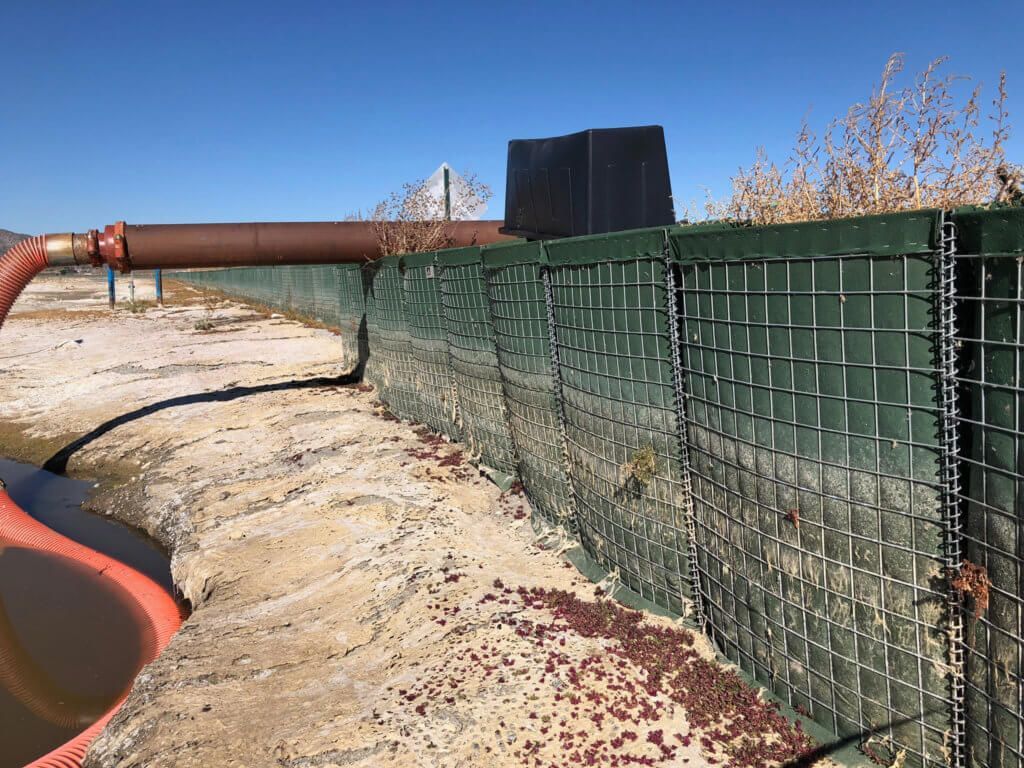
 Alternative Uses for HESCO Bastion
Alternative Uses for HESCO Bastion